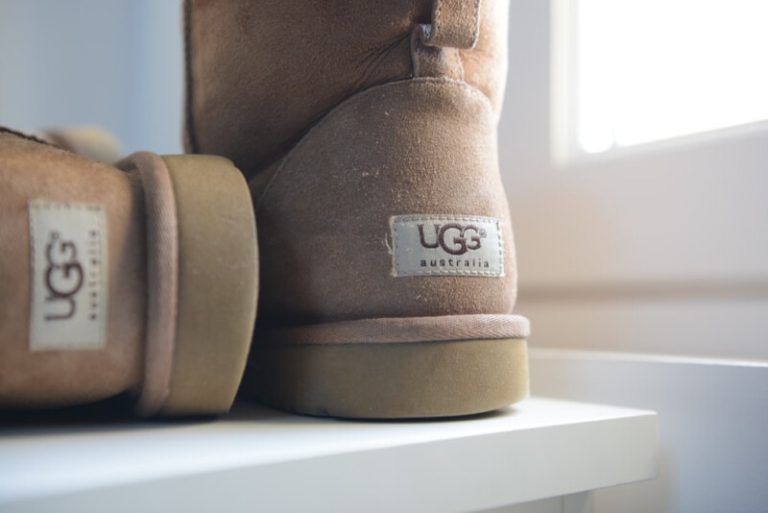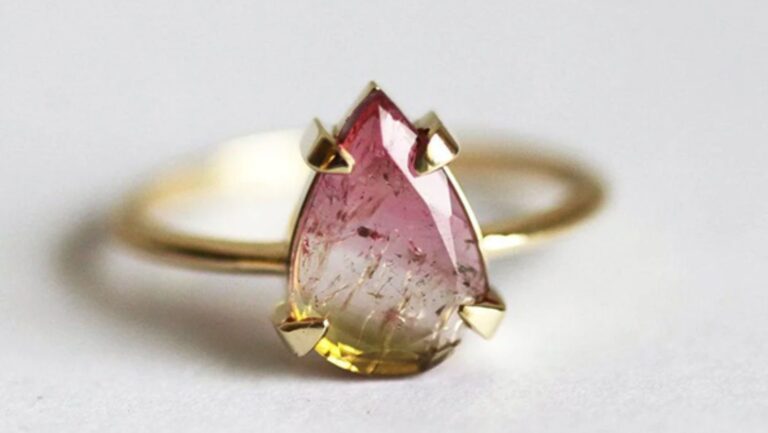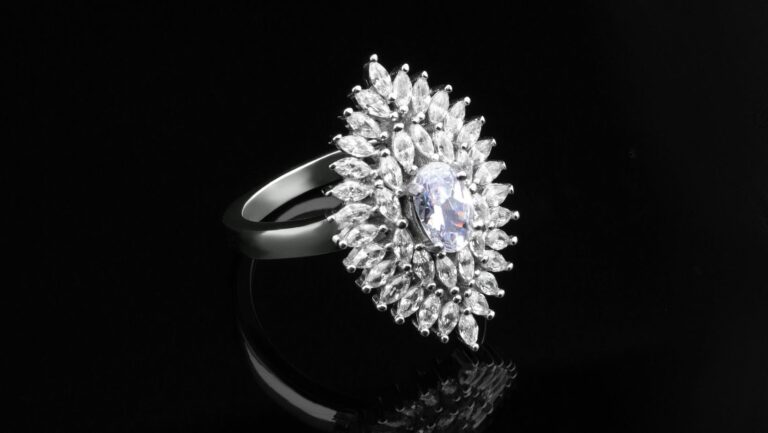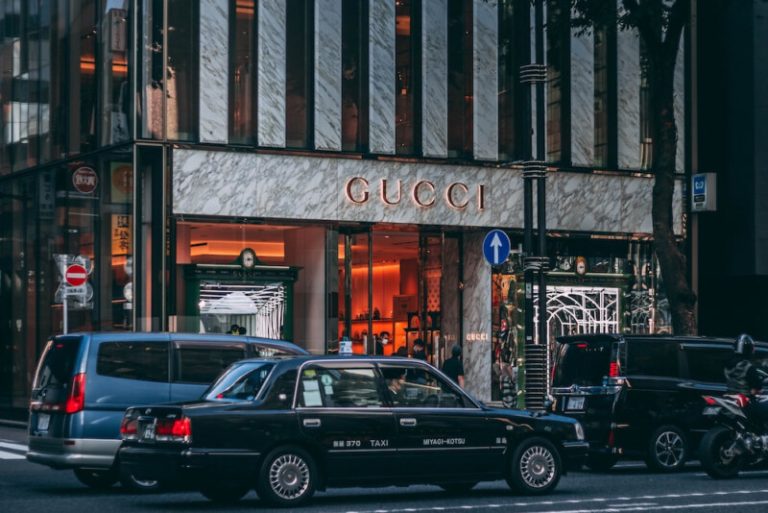Jack In The Box Dress Code (2024)
Jack in the Box employees must wear company-provided red tops, black pants and shoes, and name tags. Clothing must be neat, wrinkle-free, and well-fitting. Hairstyles and facial hair are restricted. Accessories and jewelry are limited. Managers wear ties and scarves.
As one of the largest fast food chains in the United States, with over 2,200 locations, Jack in the Box aims to maintain a consistent brand image across all of its restaurants through its employee dress code.
This Jack In The Box Dress Code outlines specifics on clothing, hair, makeup, accessories, and other aspects of appearance for Jack in the Box workers.
A Brief History of Jack in the Box’s Dress Code
Contents
- A Brief History of Jack in the Box’s Dress Code
- Jack in the Box’s Current Dress Code Policy
- Dress Codes Match Classic Menu Offerings
- Dress Codes Around the World
- the Jack in the Box Dress Code Decoding
- Key Exemptions to Standard Rules
- Does Jack in the Box’s Dress Code Promote Bias?
- FAQs
- What requirements does the Jack in the Box dress code have for male employees?
- Does Jack in the Box mandate set shoe brands or styles that employees must purchase?
- What dress code exemptions does Jack in the Box grant?
- Could employees wear costumes or seasonal attire?
- Does Jack in the Box issue any formal guidance for managers to administer dress code policies?
When Jack in the Box first opened in 1951 in San Diego, California, founder Robert O. Peterson likely had basic expectations for employee appearance – cleanliness, neatness, etc. – but no formal policy. As the chain rapidly expanded in the 1960s and 1970s, a more standardized dress code developed to align with Jack in the Box’s family-friendly branding.
The Early Years
In these early years, male employees wore white shirts and hats while female employees wore striped uniforms. The addition of visors, aprons, and bow ties marked positions like manager and drive-thru worker. As uniforms evolved, they focused on practicality, easy identification of roles, and projecting a clean, consistent brand image.
Modern Revisions
In recent years, Jack in the Box has relaxed its dress code in some areas while tightening it in others. Changes have aimed to boost employee comfort, safety, and hygiene. The current code emphasizes the company’s signature red and white colors, resulting in a look that is crisp, clean, and recognizable.
Jack in the Box’s Current Dress Code Policy
Jack in the Box’s employee dress code applies equally to all positions, to promote a professional environment aligned with the company’s service, quality, and cleanliness values. While requests for exemptions can be made to Human Resources, the standard code contains specific guidelines across these areas:
Shirts
Employees can choose between a red T-shirt or a black chef’s coat, depending on their position. Guest-facing roles must tuck shirts into pants or wear an apron over them. Shirts should be clean, wrinkle-free, and project professionalism.
Pants
Solid black dress pants – no jeans, stretch pants, or cargo pants – must be worn by all employees. Pants should fit properly at the waist without sagging and fall no lower than the top of shoes.
Accessories
Black belts, black jackets, black shoes, and black socks complete the Jack in the Box uniform. Shoes must be slip-resistant and cover the entire foot for safety reasons. Hats or visors are also mandatory for containing hair.
Grooming
Hairstyles that extend past the collar must be pulled back. Bangs cannot fall into the eyes. Men must keep their facial hair neatly trimmed. Makeup should be moderate and suitable for a workplace setting.
Jewelry/Nails
Jewelry regulations balance personal expression with workplace safety. Earrings cannot dangle too far from earlobes. Wedding bands are permitted, but facial piercings and skin-stretching gauges are prohibited. Employees must keep their nails short and clean; colored polish is not allowed.
In summary, Jack in the Box’s dress code aims for uniformity and approachability while also maintaining food safety and employee protection. Keeping the brand image consistent across thousands of locations is no simple feat!
Dress Codes Match Classic Menu Offerings
I have been to Jack In The Box countless times. What I have observed is a great relevancy between their food and presentation. Just as Jacks Menu features timeless fast food favorites like tacos, fries, and burgers, the Jack in the Box employee dress code projects an equally consistent brand image.
The signature red and black uniforms evoke classic American diner aesthetics. Yet contemporary elements like options for subtle makeup and accessories mirror the chain’s modernized menu specials like egg rolls and chicken teriyaki bowls. The dress policy balances past and present.
Workers behind the counter assembling iconic sandwiches or new food mashups unite under one tidy, functional look trusting in tried-and-true menu brilliance while allowing space to creatively fuse cuisines.
Dress Codes Around the World
Jack in the Box locations outside the United States adopt company dress code guidelines to align with local cultural norms while preserving brand identity.
Jack in the Box in Japan
Japanese customers value exceptional service, cleanliness, and propriety. The signature uniforms of red and white align with cultural color symbolism: red represents charisma and white conveys purity. Uniform conditions and presentation reflect these principles.
Jack in the Box in Italy
Food and service are paramount in Italian culture, so employee appearance focuses on tidy, functional attire. Workers wear practical shoes and breathable shirts for comfort in warm kitchens. Hats or hairnets prevent loose strands from falling as a safety measure.
While allowing for some regional variations, Jack in the Box’s globally aligned dress code establishes consistent brand recognition across markets. Customers can spot the uniform and expect the same speedy service and quality food.

the Jack in the Box Dress Code Decoding
Jack in the Box’s dress code may seem strict at first glance, but the rationale behind the rules supports positive company culture and optimized restaurant operations.
Professionalism
The tidy, consistent employee appearance conveys competence and trustworthiness. Workers represent the brand’s commitment to quality with every customer interaction.
Safety
Non-slip shoes prevent falls and injuries. Contained hair protects food from contamination. Conservative jewelry avoids safety hazards.
Functionality
Breathable shirts, flexible pants, and hats keep kitchen teams cool and mobile. Buns and ponytails restrain hair from interfering with tasks.
Hygiene
Frequent hand washing, short nails, minimal jewelry, and covered hair prevent germ transmission to food. Customers feel confident in the safety of menu items.
Equality
The equal application of dress code standards to all employees curtails prejudice and builds an equitable culture. Workers feel personally respected through the code’s fair enforcement.
In summary, Jack in the Box’s dress code goes far beyond rules for the sake of rules. The guidelines materially support operations excellence in the quick-service industry. Employees take pride in upholding rigorous standards – customers can taste the difference!
Key Exemptions to Standard Rules
Jack in the Box empowers restaurant managers to make reasonable accommodations to the standard dress code policy as needed for religious beliefs, disabilities, medical conditions, and other special circumstances.
Religious Accommodations
The company makes good faith efforts to support religious expression and observance. For example, a Muslim employee may wear a company-branded hijab in place of a standard hat.
Medical Accommodations
Cultural stigmas surrounding visible medical devices are fading, but employees can request dress code exemptions for discretion and comfort if desired. An insulin pump may be concealed under clothing rather than worn externally on a belt, for instance.
Symbolic Expression
Within policy guidelines for safety and professionalism, employees can tastefully embellish the standard uniform with approving accessories supporting their self-expression. Pride insignia or awareness ribbons are generally acceptable.
By centralizing dress code exemption handling through HR, Jack in the Box equips locations to balance business needs, personal beliefs, and medical realities with understanding and flexibility. Reasonable accommodations preserve highly capable talent.
Does Jack in the Box’s Dress Code Promote Bias?
Strict dress code rules receive accusations of enabling bias by failing to account for diversity in cultural norms and physical presentation – often targeting women and people of color. Do elements of Jack in the Box’s policy perpetuate prejudice?
Hair Guidelines
Policies requiring pulled back hairstyles are frequently criticized as discriminatory against Black employees due to challenges meeting texture and styling restrictions. Jack in the Box’s focus on hygiene aims for equitable treatment but should consider more inclusive language.
Female-Default Language
Referring to roles or employees with exclusively feminine pronouns marginalizes men. While likely unintentional, the dress code policy would benefit from gender-neutral language.
Symbolic Expression Restrictions
Banning visible tattoos or facial piercings, though defendable for safety or traditionalism, disproportionately impacts personal expression in marginalized communities. As culture rapidly changes, strictly regulated self-expression feels increasingly regressive without demonstrable rational purpose.
In reality, evidence suggests Jack in the Box leadership intends to facilitate equal employee participation through reasonable, outcome-focused policy. However, enhancing guidelines with inclusive language and balancing safety with reasonable self-expression would silence valid critics.
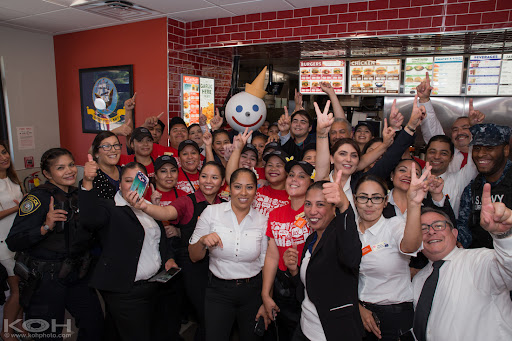
FAQs
What requirements does the Jack in the Box dress code have for male employees?
The Jack in the Box dress code applies nearly equal uniform expectations to men and women. The few notable distinctions include allowing men to wear neat ponytails that extend below shirt collars and banning male earrings beyond simple studs. Otherwise, male employees must uphold the same standards around close shaving, restricted jewelry and accessories, solid-colored tops and bottoms, and non-slip footwear.
Does Jack in the Box mandate set shoe brands or styles that employees must purchase?
Yes, Jack in the Box currently demands workers buy specific “Shoes for Crews” brand slip-resistant clogs or sneakers in plain black. The company claims this ensures uniformity and safety. However, employees often complain these shoes prove uncomfortable for extended time on their feet and lack adequate arch or heel support.
Some workers have urged the chain to permit buying any brand of shoes as long as they meet non-slip criteria. Certain positions also require steel-toe reinforcement, further limiting affordable options. But for now, assigned footwear remains compulsory.
What dress code exemptions does Jack in the Box grant?
Jack in the Box does allow certain dress code adaptions when legally necessary to accommodate employees’ religious views, disabilities, or medical requirements. For example, headscarves meeting food safety protocols would be approved for Muslim employees per Equal Employment Opportunity rules. Medically necessary modifications get evaluated on a case-by-case basis as well.
However, the standard process places the burden on individual employees to file for special exemptions through corporate Human Resources channels. Managers lack discretion to unilaterally green light exceptions. So adaptations prove difficult without legal or administrative justification.
Could employees wear costumes or seasonal attire?
No, Jack in the Box explicitly prohibits employees from supplementing their mandated work uniforms with holiday costumes, accessories, or themed embellishments without special executive approval. Regulations only permit company-authorized promotional campaign materials for temporary addition to standard attire.
So if corporate marketing leadership chooses to run a Halloween promotion, select seasonal accessories may get sign-off. However, individual restaurant managers and employees are barred from improvising costumes outside formal guidance. Off-code holiday attire would still warrant disciplinary action.
Does Jack in the Box issue any formal guidance for managers to administer dress code policies?
All Jack in the Box employees must pass knowledge assessments on proper policy implementation as part of orientation and ongoing training. Corporate provides an online Dress Code Standards module summarizing approved items and restrictions while advising that “these guidelines apply equally and uniformly to all employees.”
However, in practice, individual discretion in evaluating “appropriate” appearance leaves room for inconsistent or unfair enforcement stemming from unconscious biases. Continual diversity awareness and compliance training aims to mitigate this but room for improvement persists.
Conclusion
For 60+ years and counting, Jack in the Box’s signature uniforms – today a palette of red, black, and white – have consistently signified the chain’s commitment to value, cheerfulness, and cleanliness in the quick-serve industry.
Behind the rules governing tattoo coverage and earring size lie carefully optimized policies perfected from experience. By centralizing exemptions through HR, Job in the Box responsibly calibrates standards and inclusion case-by-case.
With some language adjustments and ongoing cultural reflection, the company’s dress code strikes an admirable balance: keeping operational impacts top of mind while welcoming individual expression.


